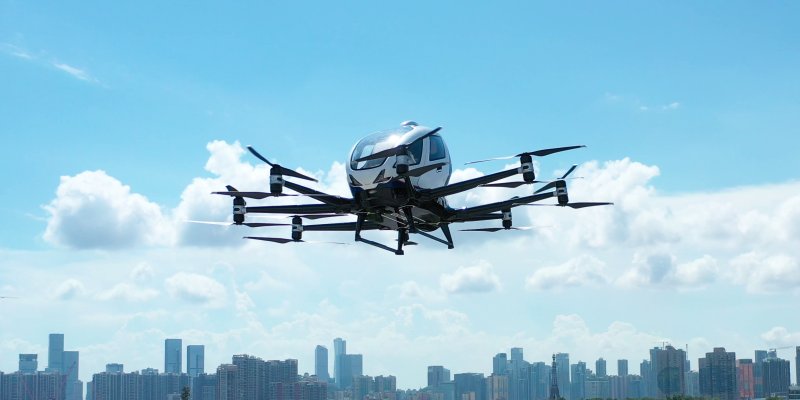EHang announced the latest updates of its passenger-grade EH216-S Type Certification (TC) process. The Project Specific Certification Plan has been officially approved by the Civil Aviation Administration of China (CAAC).
Various specified review subjects have been confirmed, including performance and flight, structural strength, design and configuration, ground control station, airborne human-computer interaction, totality, continued airworthiness, etc. Furthermore, multiple positive results have been achieved on the specific algorithms based on aerodynamics, test flights for the overload ratio boundary, etc.
Based on more than 30,000 safe trial flights of EH216-S that have been accumulated, it is planned by the company to conduct further supplementary test activities and test flights for verification from October this year.
EHang has established a regular cooperative work mechanism with the EH216-S TC Review Panel organized by the CAAC after it formally adopted the Special Conditions for the EH216-S in February 2022. Relevant national institutions, the aviation authority and the aviation industry in China have paid great attention and provided guidance and support to significantly enhance, deepen and accelerate the EH216-S TC process.
“Completing the airworthiness certification process is a necessary and critical step to further validate the product safety. We are fully confident to obtain the EH216-S Type Certificate as we have basically done the most arduous work by now. We will make continued efforts to accelerate all the remaining processes in the upcoming months in order to obtain the EH216-S Type Certificate as soon as possible.”
Huazhi Hu, Founder, Chairman and CEO of EHang.
The EH216-S is a two-passenger autonomous eVTOL. With 16 engines, the vehicle can reach 130 km/h and an altitude of 3,000 meters and fly for 35 kilometers. The first tests with the aircraft were carried out in 2017.

